At the start of a game of Hive®, a player can place their first three bugs in seven different patterns.1 These are called opening triples. Each is identified by a number and a name.2
The seven opening triples can be grouped in two sets: three pieces placed in a string (0, 1, 2, 3, 4) or three pieces not placed in a string (5 & 6). The non-string openings are the most popular by far (chosen in 70% of the games we analyzed)3.
Three pieces placed in a string (the third piece pins the second)
In Triple 0 (post), all three pieces are placed in-line on the starting axis (⬡ 4% – ⬢ 4%).

In Triple 1 (hook), the third piece is placed in an elbow above the starting axis (⬡ 5% – ⬢ 5%).
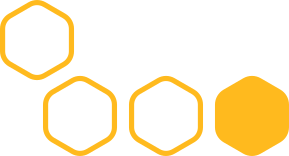
In Triple 2 (step), the second piece is placed in an elbow above the starting axis, and the third piece is placed in-line with the second piece, above but parallel to the starting axis (⬡ 7% – ⬢ 7%).
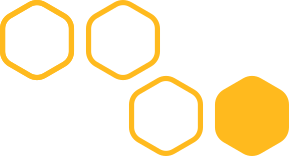
In Triple 3 (angle), the first piece is placed in an elbow above the starting axis, and the third piece is in-line with the first and second piece (⬡ 5% – ⬢ 7%).
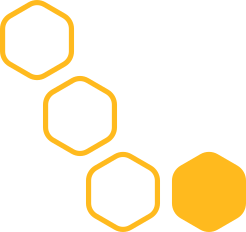
In Triple 4 (arc), the second piece is placed in an elbow above the starting axis, and the third piece is placed in an elbow again, one space further away from the starting axis (⬡ 8% – ⬢ 7%).
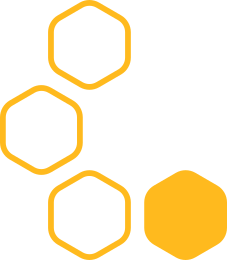
Three pieces not placed in a string (the second and third piece are both mobile)
In Triple 5 (hub), the second piece is placed in an elbow above the starting axis, and the third piece is placed in-line next to the second piece on the starting axis (⬡ 43% – ⬢ 41%). This is by far the most popular choice among players, as it offers a lot of mobility.
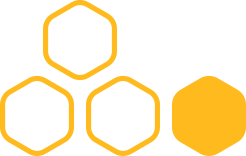
In Triple 6 (fork), the second piece is placed in an elbow above the starting axis, and the third piece is placed in an elbow below the starting axis (⬡ 28% – ⬢ 29%). The second most popular opening Triple.
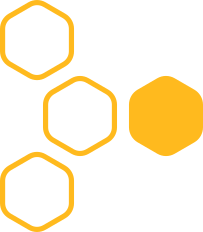
Triple combinations
At the end of the third turn, both players typically have placed their pieces in one of the seven triples. The most common choices are Triple 5 and Triple 6 by white in combination with black choosing Triple 0, Triple 5 or Triple 6. All of the other combinations account for less than 4% of the games each.
As Randy Ingersoll once mentioned in a live chat with Francesco Saleron,4 a game of Hive® cannot be won in the opening. But a player can definitely lose the game in the opening by making less than optimal choices.
As an example, white will lose the first player advantage by chosing Triple 3. Overall in Hive®, white wins 6% more games than black. As shown in the diagram below, the winning percentages for white drops dramatically (lower than 2%), and in most cases even in favor of black (negative %) when white choses Triple 3.
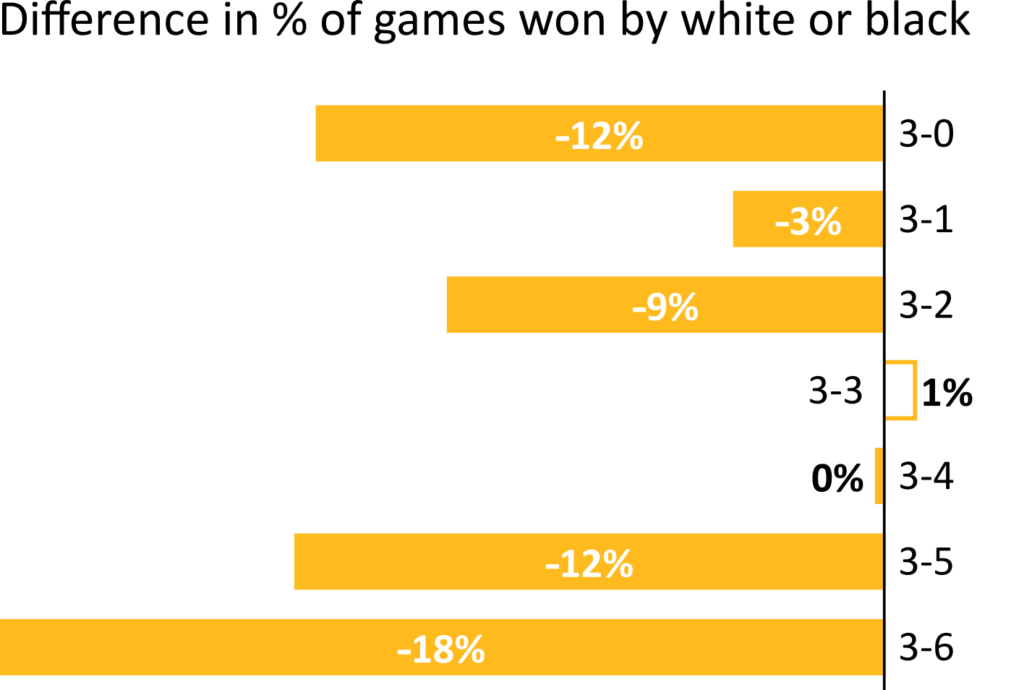
To learn more about Hive® opening triples, we recommend our book “Encyclopedia of Hive® Opening Triples”.
1 Griese, Frank. (2017). pp. 39-42. (https://a.co/d/bXe3Vz2)
2 Ingersoll, Randy. (2023). pp. 13-15. (https://a.co/d/7EAqAwS)
3 Entomologist. (2025). https://entomology.gitlab.io/ – data from 677808 games played on boardspace.net and boardgamearena.com
4 How to Play Hive like a Champion? – A chat with Randy Ingersoll – Ad Abstra Podcast. https://youtu.be/UsjlD2HQf8Q?si=621r0fnApKfIdJmE&t=2518
